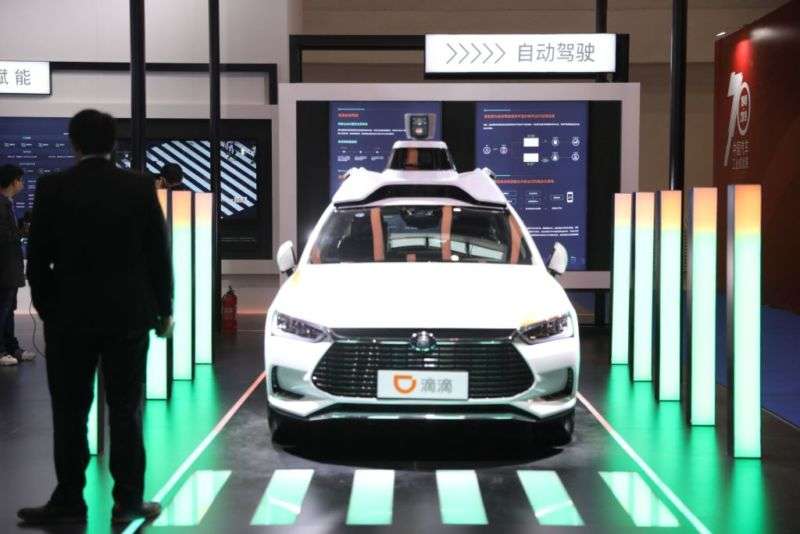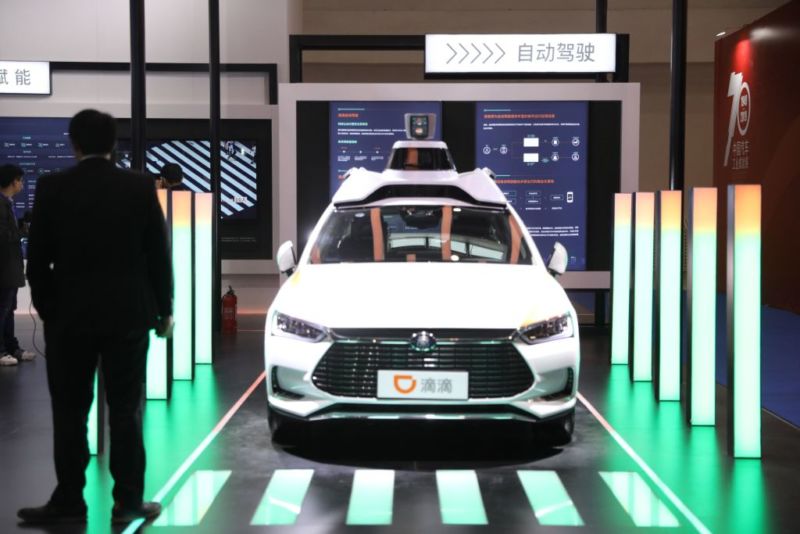
Improving autonomous autos by having them guess which humans are selfish

Enlarge / But what does that car think that the spectator is thinking? (credit: China News Service)
Imagine you’re trying to make a left turn onto a busy road. Car after car rolls past, keeping you trapped as your frustration rises. Finally, a generous driver decelerates enough to create a gap. A check of the traffic from the opposite direction, a quick bit of acceleration, and you’re successfully merged into traffic.
This same scene plays out across the world countless times a day. And it’s a situation where inferring both the physics and the motives of your fellow drivers is difficult, as evidenced by the fact that the United States sees 1.4 million accidents each year from drivers in the process of turning. Now imagine throwing autonomous vehicles into the mix. These are typically limited to evaluating only the physics and to make conservative decisions in situations where information is ambiguous.
Now, a group of computer scientists has figured out how to improve autonomous vehicle (AV) performance in these circumstances. The scientists have essentially given their AVs a limited theory of mind, allowing the vehicles to better interpret what the behaviors of their nearby human drives are telling them.
Read 11 remaining paragraphs | Comments




